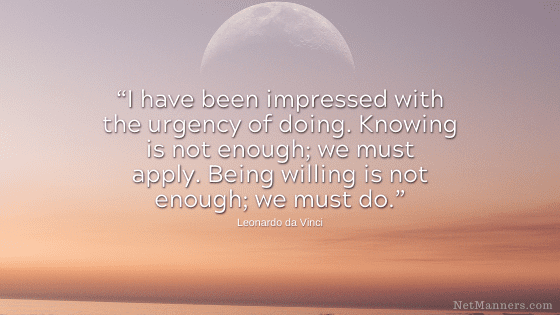Email File Attachment Considerations

The topic of sending attachments by email is not thought about as much as it probably should be, perhaps because it is so easy to attach a file to an email—almost too easy. People often attach files without considering the file size or the recipient’s resources.
Some email programs allow you to attach almost anything, regardless of size and format, without giving the sender any guidance regarding the consequences of their actions. For example, my email program provides warnings for me to review when attachments are too large.
Many people are unaware of the unintended consequences of sending large, unexpected, or unannounced file attachments via email. So, let’s cover some things to consider before attaching anything to an email.
That Darned Paperclip Icon
Not thinking things through can cause issues like filling up and shutting down email accounts, causing subsequent emails to bounce, or using all their data to download your large files. It happens.
With just a bit of thoughtfulness, we can avoid potential negative impacts on those we send to, while also setting an example of proper technology use. Win-win.
Most forwarded attachments or large photos are sent with good intentions, as the sender is often unaware of the technical aspects. They are not intentionally out to cause problems for the other side because they are just unaware of these variables.
Especially in professional environments, attaching files without considering the other person’s setup can reflect poorly on your overall tech-savviness. Not good.
Do This Before You Attach Anything to an Email
Here are some quickies you should run through before you arbitrarily attach any file to an email and send it on its way:
What is the File’s size?
Don’t know? Find out. If you don’t know how to find out, learn.
For example, in Windows, you can view the File’s size in Windows Explorer. First, make sure the Views option is set to Details. This will allow you to see a Size column that reflects the size of each file.
Hold down the Control key on a Mac, then select File > Get Summary Info.
When Sending a File Over 500,000 (500KB) in Size
Large files can be minimized by reducing the physical dimensions of images or using file compression software. Even then, courtesy dictates that you ask the recipient first if it is okay to send them an attachment.
Inquire about the best time of day to do so to ensure they are available to download your file and keep their email flowing. Try not to send attachments without warning, especially after business hours or on weekends when the recipient may not be there to clear their inbox.
Avoid Sending Files Over 1 MB
That’s 1,000,000 bytes! Think of the data usage required to download multiple files of that size.
The fact is, not everyone is on an unlimited plan. Just because you can physically instruct a computer to attach a file of that size doesn’t mean you should.
You could also instruct your computer to reformat/erase your hard drive, but you don’t, do you? I use and recommend Dropbox. Using a third-party service really is the best option if you frequently send large attachments.
Verify the File Format
Files should only be sent in a format that you know the other side has the appropriate software to view. For example, not everyone has MS Publisher, Excel, or PowerPoint. If the other side does not have Excel and you send them an Excel file, they may not be able to open it.
You are probably safe sending PDF, TXT, JPG, PNG, GIF formats (but PDFs can be huge). But it doesn’t hurt to ask first.
When it Comes to Graphics and Photos
Just assume the files are enormous. Whether the files are for business or personal matters, it’s a good idea to minimize file sizes. Either compress the file’s size using one of the many available compression utilities or reduce the physical dimensions of the graphics or photos in your graphic software.
Learn how to resample/resize the graphic to no larger than 1500 pixels in width/height. One thousand five hundred pixels is large enough for most uses, especially when sharing photos with friends or family.
They do not need to be larger than this for use on your website, either. Unless noted explicitly for a specific area by your theme or developer. Photos thousands of pixels wide quickly reach the 2-4M range.
Just Ask First
Sending an attachment without notice that someone didn’t request it is a bit self-serving. No matter how important you think that attachment is, always ask first.
Consider the above issues so that you are viewed as a courteous and tech-savvy netizen. Just a little common courtesy can go a long way toward making you perceived as a person who is a pleasure to communicate with and who also understands the technology in which they participate.







